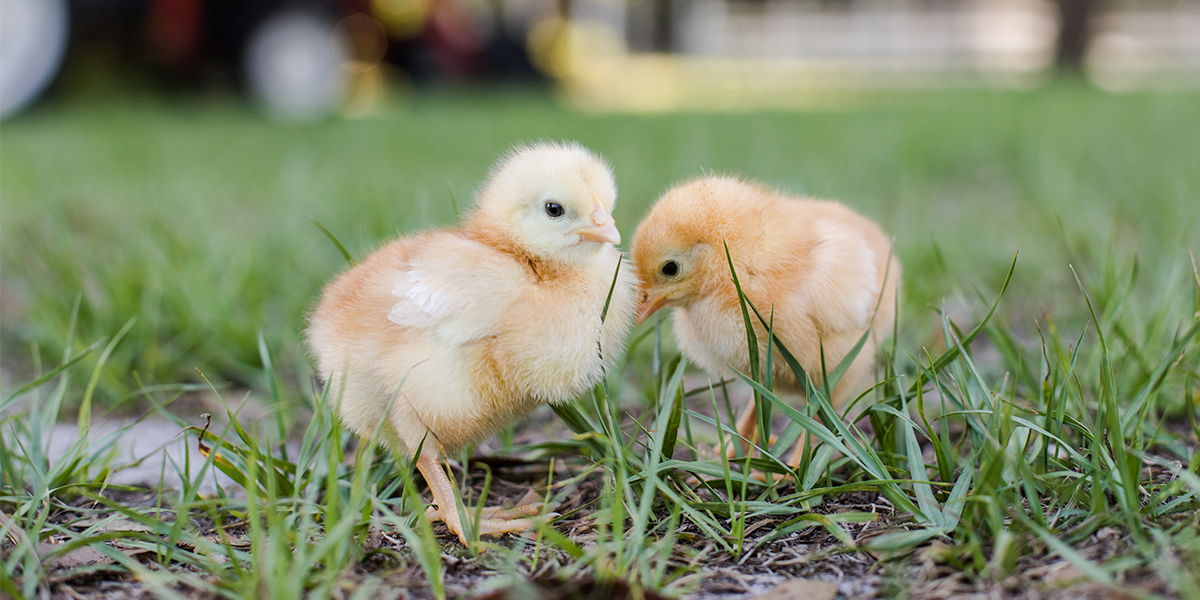The modern laying hen has a life cycle of about 100 weeks, and, in that time, they are expected to produce about 500 eggs with strong eggshells. To meet these demands, egg producers must ensure laying hens have these three ideal traits:
Robustness
A robust laying hen will have the overall health and immune competence to recover from disease and other challenges more quickly, allowing its body to focus on its own maintenance and egg production throughout its life. Establishing robustness is especially critical early in life as the hen receives its vaccinations. Depending on the region, a hen may receive up to 10 types of vaccines. The hen’s immune system must be robust in order to react appropriately to those vaccines. Without a robust immune response, the bird will not be able to produce the antibodies to protect itself against the disease.
Strong Skeletal and Leg Health
Establishing a strong skeleton and medular bones early in life is critical in laying hens for two reasons. First, if by the age of 15 weeks they do not have enough bone mass formed, they may experience fractures in the production phase, negatively impacting their overall health in many ways. The other reason is that skeletal health is directly correlated to eggshell quality. Calcium from a hen’s bones is deposited into each eggshell, so if their skeleton is not strong, their eggshells will be of low quality.
Laying Persistence
Laying persistence is a factor that directly affects the profitability of the egg industry. More important than reaching the expected peak production for each genetic line is keeping the flocks producing for several weeks at maximum levels. The challenge has been to maintain the peak production over the weeks while also maintaining an excellent eggshell quality. By improving hen robustness and skeletal health, we can improve laying persistence and ensure they are reaching their highest potential throughout their life cycle, producing more high-quality eggs.
Industry Trends Create New Challenges for Egg Producers
Industry trends and consumer demands have made achieving the ideal traits for layer hens all the more important, but also more challenging. Let’s look at a few of the trends that have changed the way our industry manages layer hens.
Cage-Free Systems
Today’s egg and poultry consumers are more concerned about animal welfare than ever before. As a result, the cage-free egg market is growing. The use of cages in egg production has already been banned in the European Union and the use of cages is declining in the United States as well.
This has created new challenges for egg producers. In cage-free systems, hens move around a lot more than in cage systems, increasing their susceptibility to leg fractures and making skeleton and leg health more critical. On top of that, it is more difficult to control the environment in cage-free systems and the birds are usually raised without antibiotics. These factors can make the birds more susceptible to bacterial and viral infections.
Enriched Eggs
Consumers are also looking for eggs that give them more health benefits. This has led to growth in the market for trace-mineral-enriched eggs. Supplementing your hen feed with Zinpro Performance Minerals® increases the transfer rate of trace minerals such as zinc, iron and selenium into egg yolk and the albumen. This makes those eggs a highly available source of those minerals for the consumer.
Performance Trace Minerals Help Birds Achieve Ideal Traits
Supplementing diets with Zinpro Performance Minerals from day one is one of the most promising strategies for improving robustness and skeletal health in layer hens and positively impacting eggshell quality.
Zinc, manganese and copper play key roles in the immune system, while zinc is critical for the development of the epithelial barrier to help defend birds from bacterial and viral infections. The same three trace minerals are required for proper bone development.
A recent research study showed that when laying-type chicks were supplemented with zinc, manganese and copper from Availa® ZMC from one day of age, they had better uniformity and deposited higher levels of zinc, manganese, copper, calcium and phosphorus at five weeks of age when compared to birds fed inorganic trace minerals alone. Birds fed Availa ZMC also had greater bone densitometry at 15 weeks and 93 weeks of age, which resulted in a 0.34 mm increase in eggshell thickness when the hens were 93 weeks old.
People, Products and Tools for Layer Health
New industry and consumer trends are challenging egg producers to find ways to improve robustness, skeletal health and laying persistence in their laying hens. Feeding more absorbable trace minerals, like Zinpro Performance Minerals, can improve health from day one and set them up for success for their whole productive life cycle.
Visit the poultry section on our new website experience to learn more about our products and tools, and let’s connect about how we can support your egg production operation.

